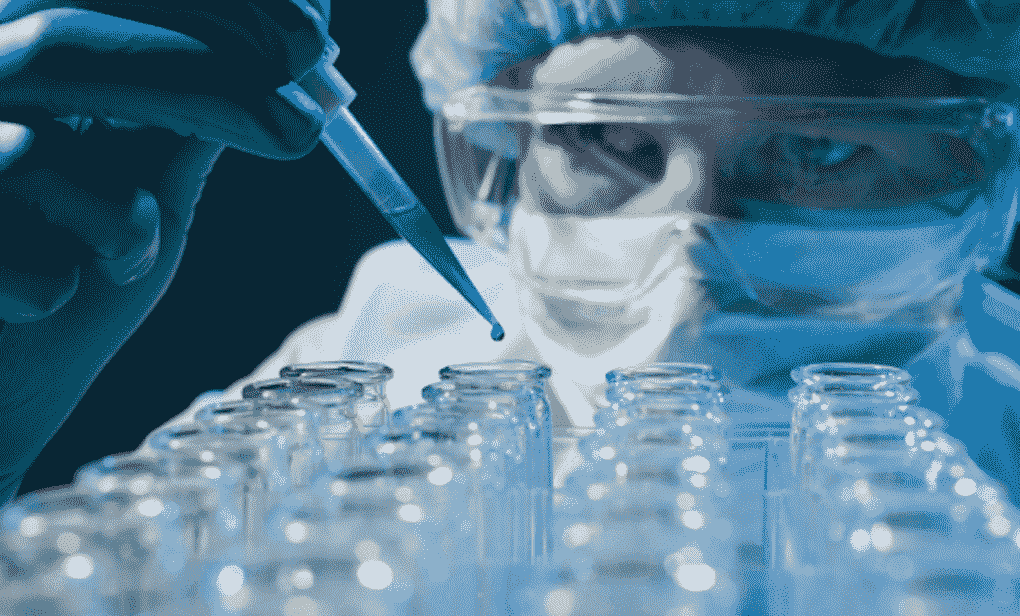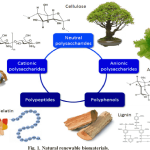The discovery that genes are made up of DNA and can be isolated, copied and manipulated has led to a new era of modern biotechnology. New Zealand has many applications for modern biotechnologies.

DNA extraction
A forensic scientist extracting DNA.
Humans have been manipulating living things for thousands of years. Examples of early biotechnologies include domesticating plants and animals and then selectively breeding them for specific characteristics. Find out more about ancient biotechnology.
Modern biotechnologies involve making useful products from whole organisms or parts of organisms, such as molecules, cells, tissues and organs. Recent developments in biotechnology include genetically modified plants and animals, cell therapies and nanotechnology. These products are not in everyday use but may be of benefit to us in the future.
Applications in biotechnology
Key applications of biotechnology include:
- DNA profiling – for further information see the article DNA profiling
- DNA cloning – for further information see the article DNA cloning
- transgenesis
- genome analysis
- stem cells and tissue engineering – for further information see the article Stem cells
- xenotransplantation – for further information see the article Xenotransplantation.
Meeting human needs and demands

Dog breeds
The selection of particular traits – or selective breeding – is how people have bred dogs for specific purposes. For example the ‘sausage dog’ – or dachshund were said to have been bred specifically for hunting badgers – their short, long body suited to entering badger holes.
Working dog breeds from The New Student’s Reference Work published in 1914.
Biotechnologies have an important role in meeting human needs and demands in medicine, agriculture, forensics, bioremediation, biocontrol and biosecurity.
Medicine
Gene modification or transgenesis are used to produce therapeutic human proteins in cells or whole organisms. The cell or organism used depends upon how large and complex the protein is. For example, human insulin, a small protein used to treat diabetes, is made in genetically engineered bacteria, whereas large, more complex proteins like hormones or antibodies are made in mammalian cells or transgenic animals.
Antibiotics and vaccines are products of microorganisms that are used to treat disease. Modern biotechnologies involve manipulating vaccines so they are more effective or can be delivered by different routes.
Gene therapy technologies are being developed to treat diseases like cancer, Parkinson’s disease and cystic fibrosis. In New Zealand, gene therapy is being used as a way to target and kill cancer cells with fewer side effects.
Xenotransplantation is the transplanting of cells, tissue or organs from one species into another. In New Zealand, cells from a unique, virus-free population of pigs are being used to treat people with type 1 diabetes. Find out more about this in the article Pig cell transplants.
For further information see the article, Xenotransplantation.
Agriculture
Plants and animals can be improved by selectively breeding for particular traits or by genetic modification. Beneficial traits can be identified visually or by DNA profiling. For example, farmers may want plants with herbicide or insect resistance, tolerance to different growing environments or improved storage, or they may want livestock with better meat and wool or resistance to disease.
Forensics
DNA profiling is used in forensic analysis to identify DNA samples at a crime scene or to determine parentage.
For further information see the article, Forensics and DNA.
Bioremediation
Organisms or parts of organisms can be used to clean up pollution in soil, water or air. In New Zealand,


